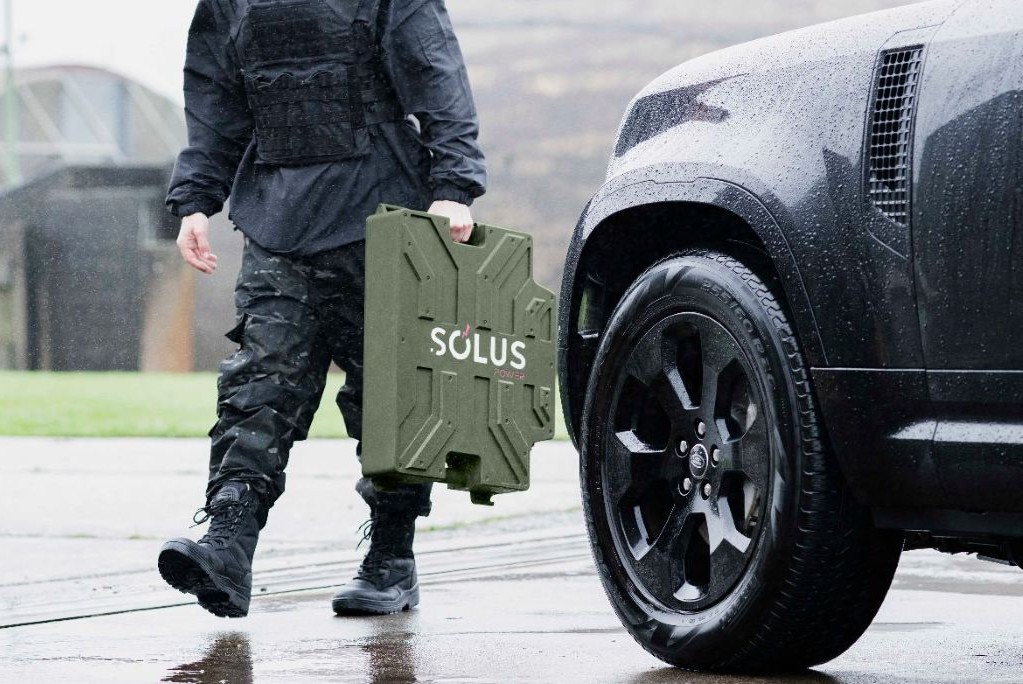Advancing Spacecraft Development: The Impact of Physics-Based AI on National Defense
The integration of artificial intelligence (AI) into defense operations is rapidly transforming traditional engineering processes. Recently, Luminary Cloud, an innovative AI startup, announced a strategic alliance with defense contractor Northrop Grumman, which aims to streamline the design and production of spacecraft through state-of-the-art simulations.
Accelerating Design with Physics AI
At the core of this partnership lies a unique tool known as Physics AI, engineered to provide high-fidelity simulations of spacecraft subsystems in mere seconds. This groundbreaking model, powered by NVIDIA’s PhysicsNeMo framework, significantly reduces the time required for engineers to assess how various physical design parameters influence spacecraft performance.
Han Park, Northrop Grumman’s vice president of artificial intelligence integration at Space Systems, emphasizes the transformative potential of this technology: “Physics AI signifies a new era in AI complexity, enabling our design engineers to enhance hardware development dramatically. This capability allows us to transition from refining minor components, like thrusters, to conceiving larger systems and potentially entire spacecraft.”
Overcoming Traditional Constraints
Historically, engineers have utilized computational fluid dynamics (CFD) simulations to inform spacecraft design. However, conventional approaches can consume up to 12 hours for a single simulation. Luminary Cloud’s innovative model dramatically cuts this time, allowing engineers to conduct simulations in seconds—an efficiency that promises to expedite the overall development cycle.
Juan Alonso, the Chief Technology Officer at Luminary Cloud, highlights the foundational shift in design methodology: “We are constructing models with capabilities akin to large language models but tailored to predict physical realities. The challenge lies in obtaining sufficient data for advanced components like rocket thrusters, which are rarely available online.”
Instead of relying on datasets sourced from the internet, Luminary Cloud employs first principles of physics to generate spacecraft designs. An engineer at Northrop Grumman can manipulate design parameters—such as the geometry of a thruster nozzle—and instantly obtain critical performance metrics, such as airflow characteristics and thrust generation.
Key Advantages:
- Rapid Prototyping: Instant simulations allow for real-time adjustments of design parameters, fostering a more agile development process.
- Risk Mitigation: The system’s speed enables earlier identification of potential issues, preventing costly redesigns and delays.
Implications for Military Strategy
As the U.S. Department of Defense pivots its approach to space operations, the urgency for rapid deployment of advanced capabilities has intensified. Rather than investing years in the creation of individual high-cost satellites, the Pentagon is now focused on rapidly establishing constellations composed of numerous, smaller satellite systems. This shift is aimed at enhancing military versatility and responsiveness to emerging threats.
Alonso expresses the necessity for quick adaptability: “We must respond to evolving threats at unprecedented speeds. The traditional engineering cycles are no longer viable if we are to maintain a technological edge over adversaries.”
Transformative Potential
The collaboration between Luminary Cloud and Northrop Grumman serves as a compelling case study in the broader adoption of AI across military applications. The future of defense technology hinges upon innovations that not only enhance design capabilities but also align with the strategic needs of a modern military landscape.
By leveraging physics-based AI, defense entities can collaboratively harness the power of advanced simulations to answer critical design questions swiftly, ultimately enabling them to remain agile in a rapidly changing global security environment.
In an era where technological competition dictates military effectiveness, the integration of AI capabilities like Physics AI may very well prove essential in shaping the next generation of defense systems. With the landscape of aerospace engineering undergoing swift transformation, the defense sector must adapt or risk falling behind in the realm of advanced technologies.





